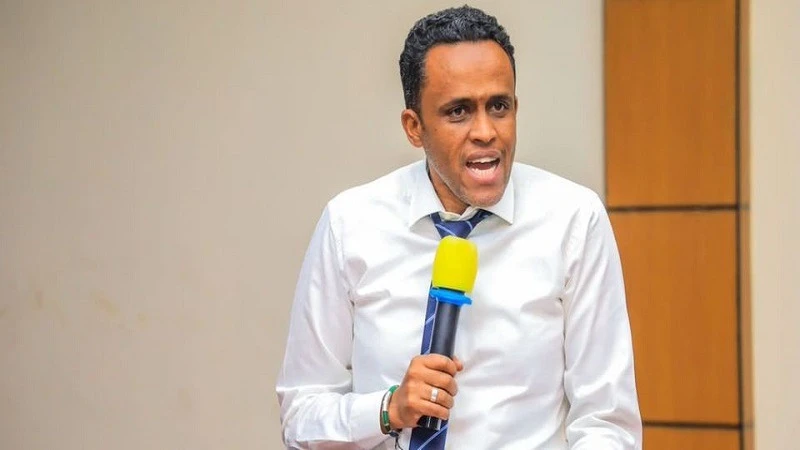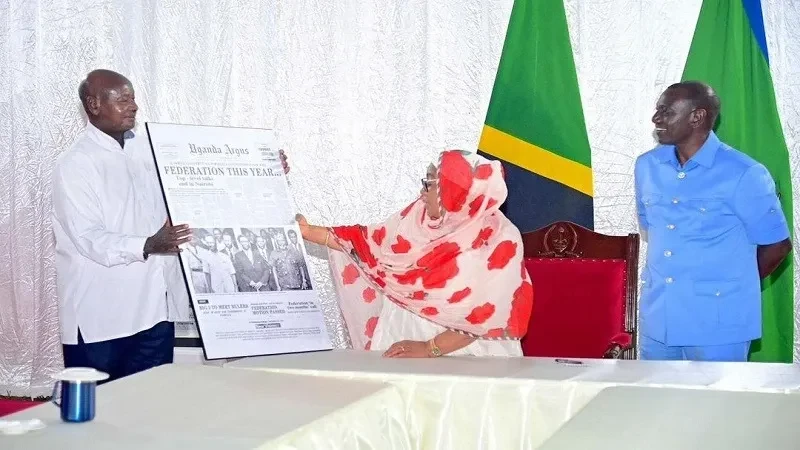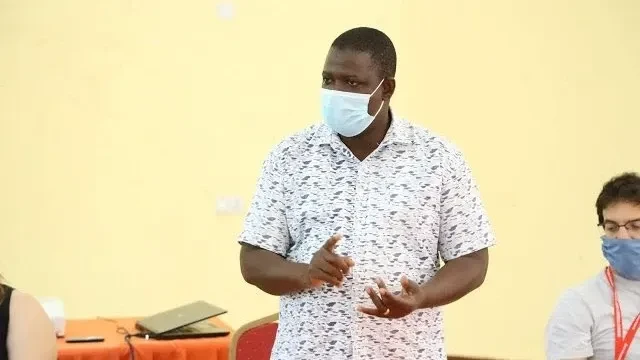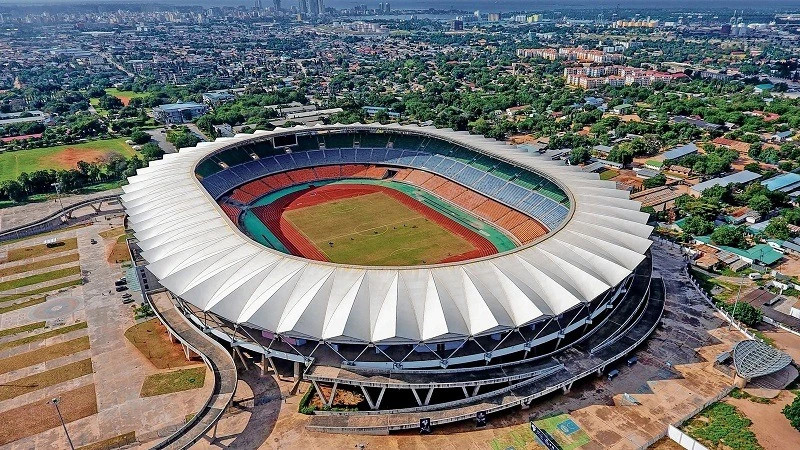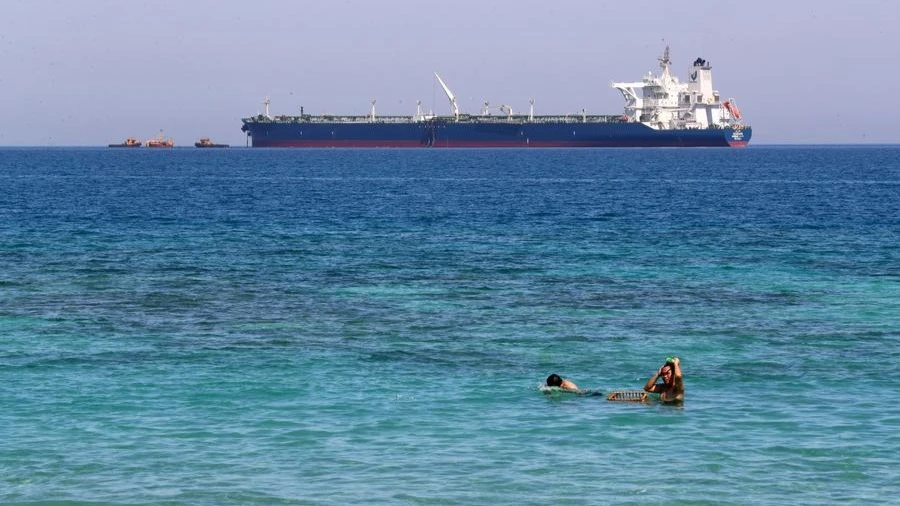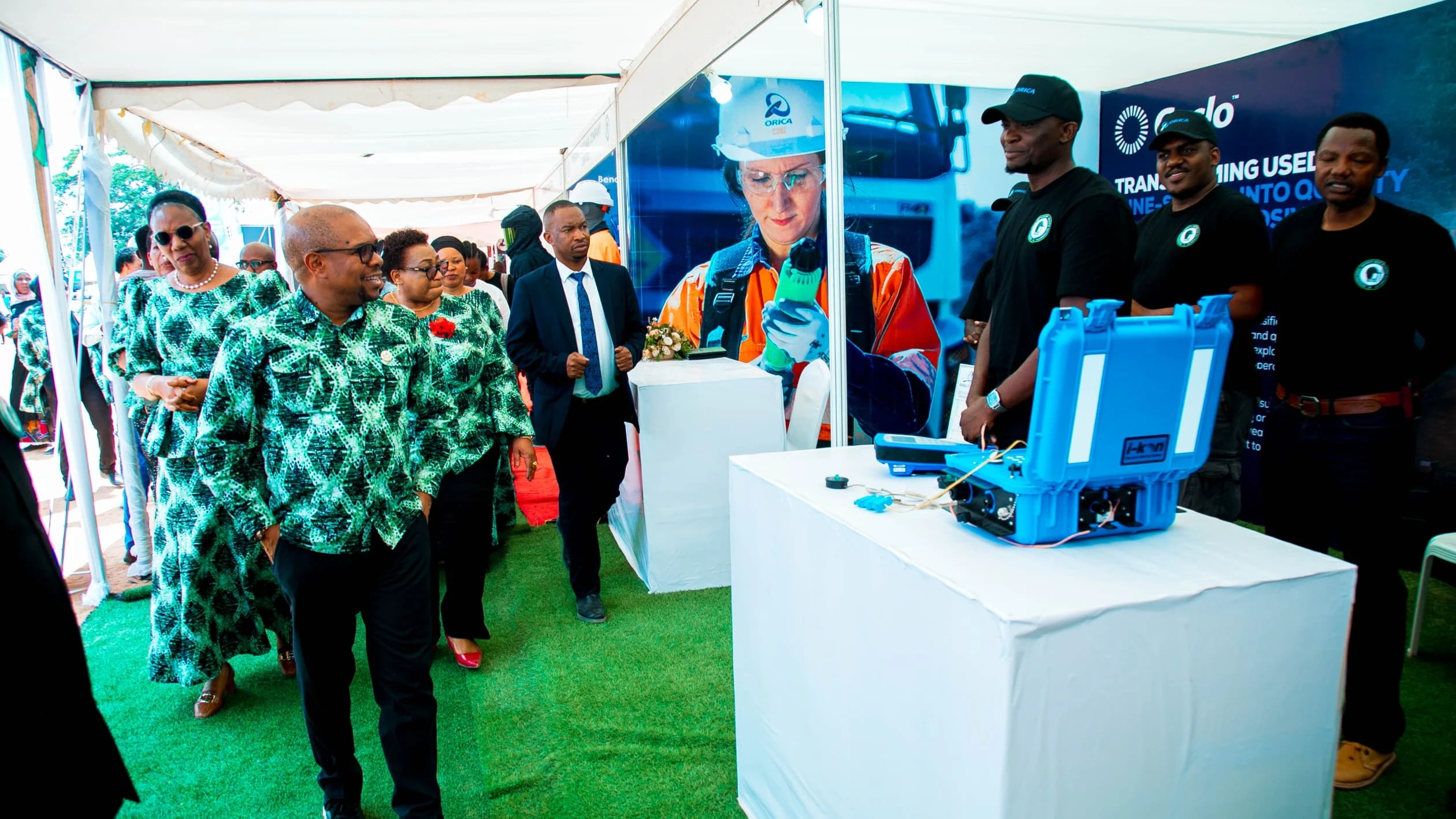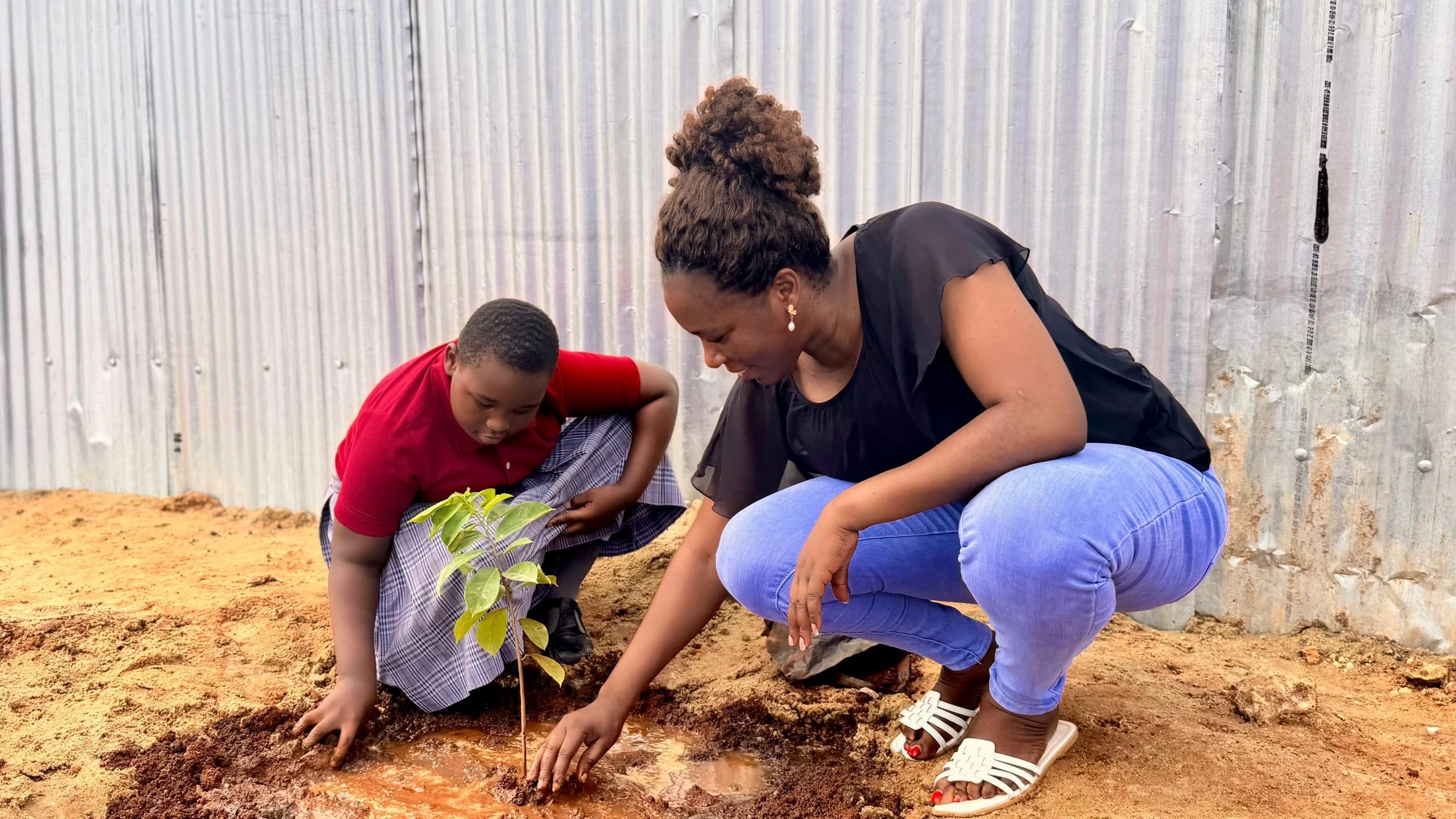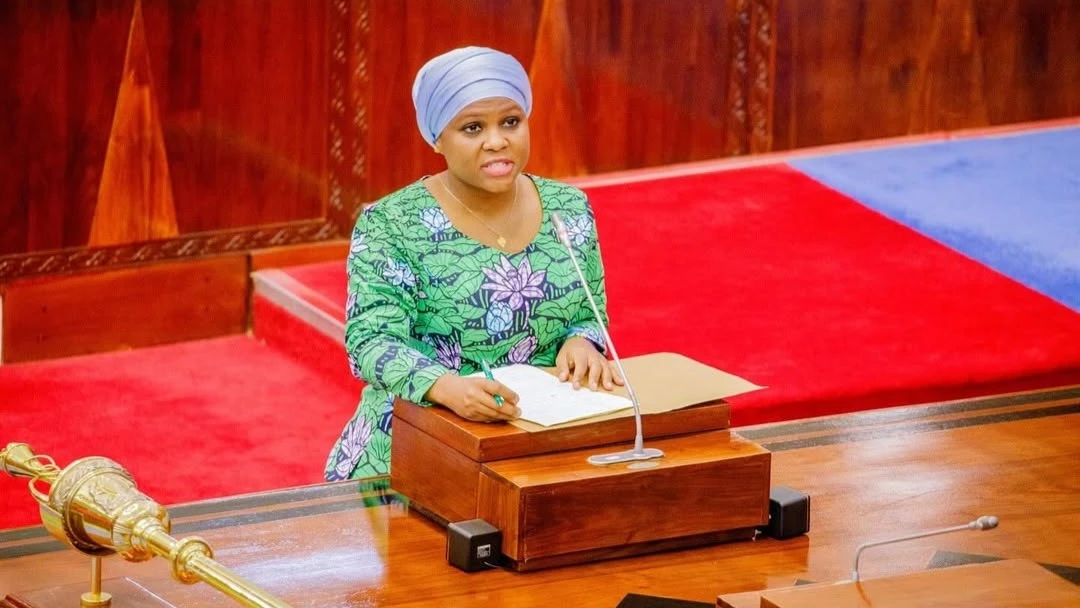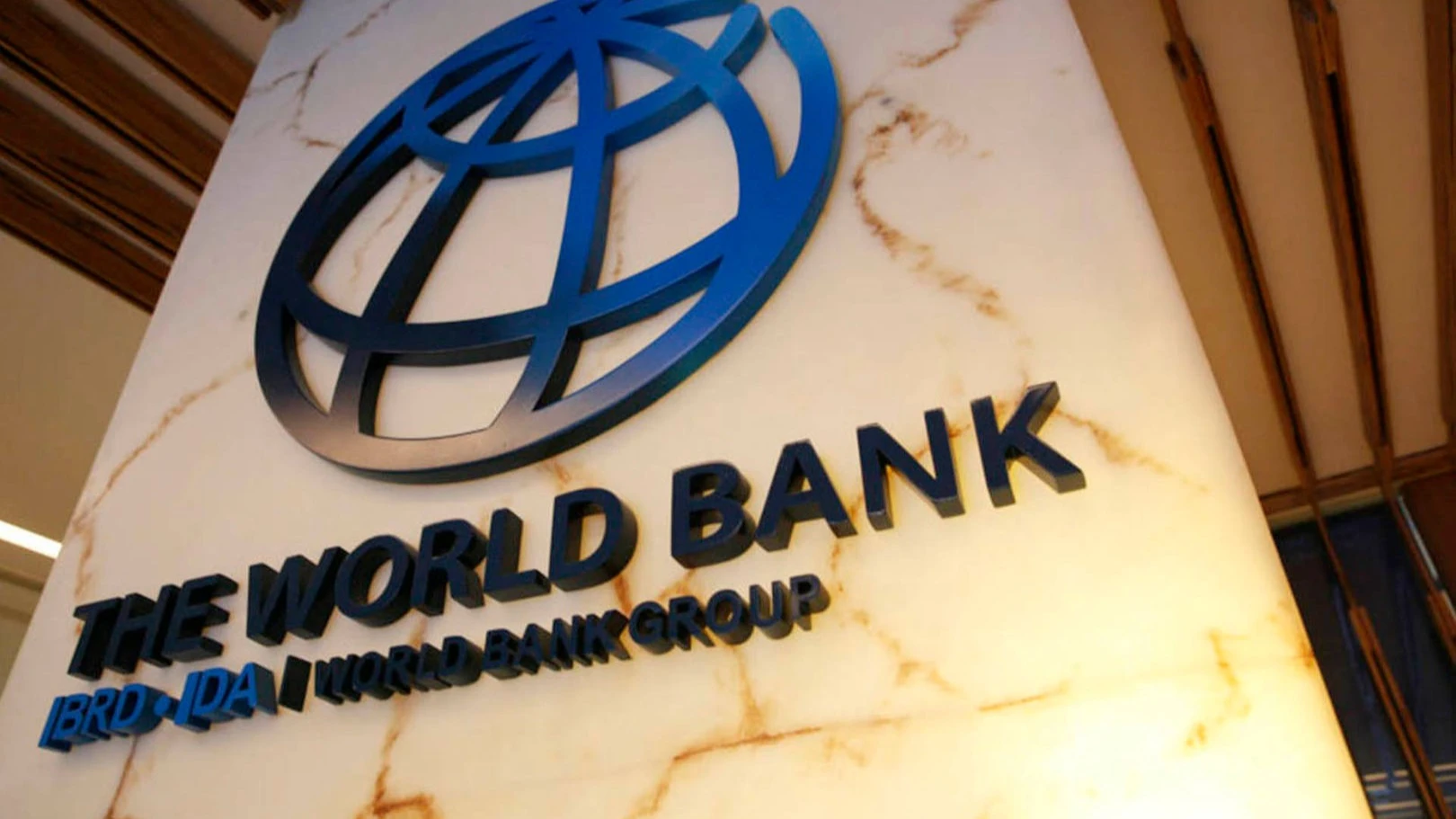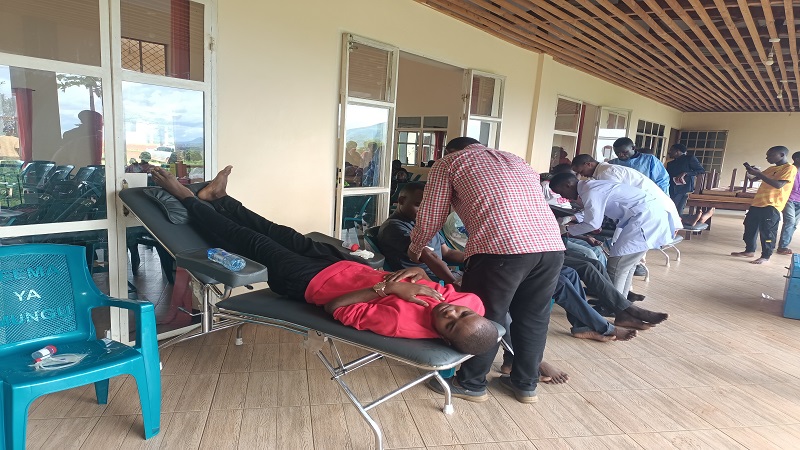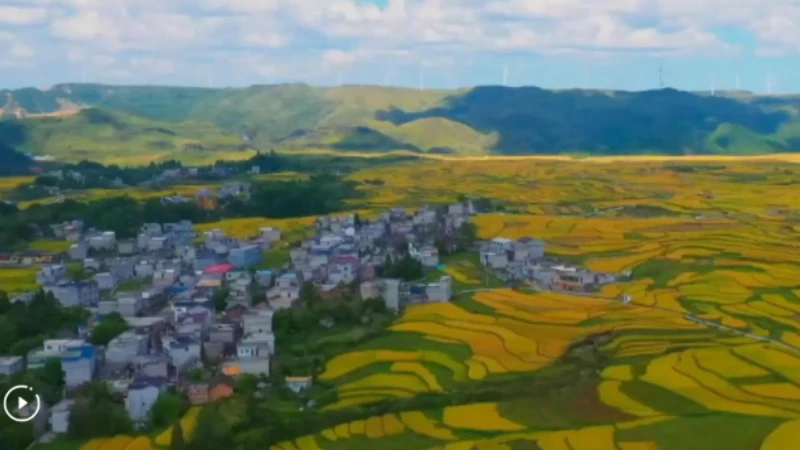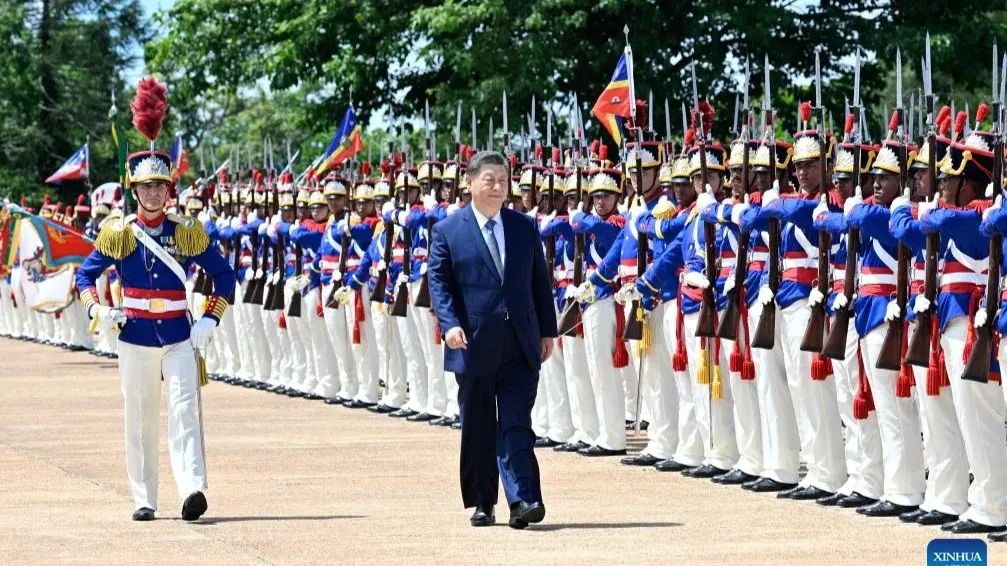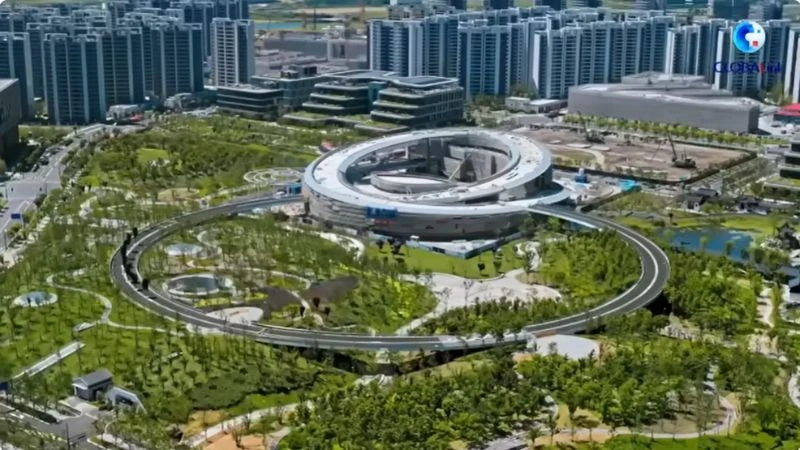Renewable energy grid share to rise, PPP targeted
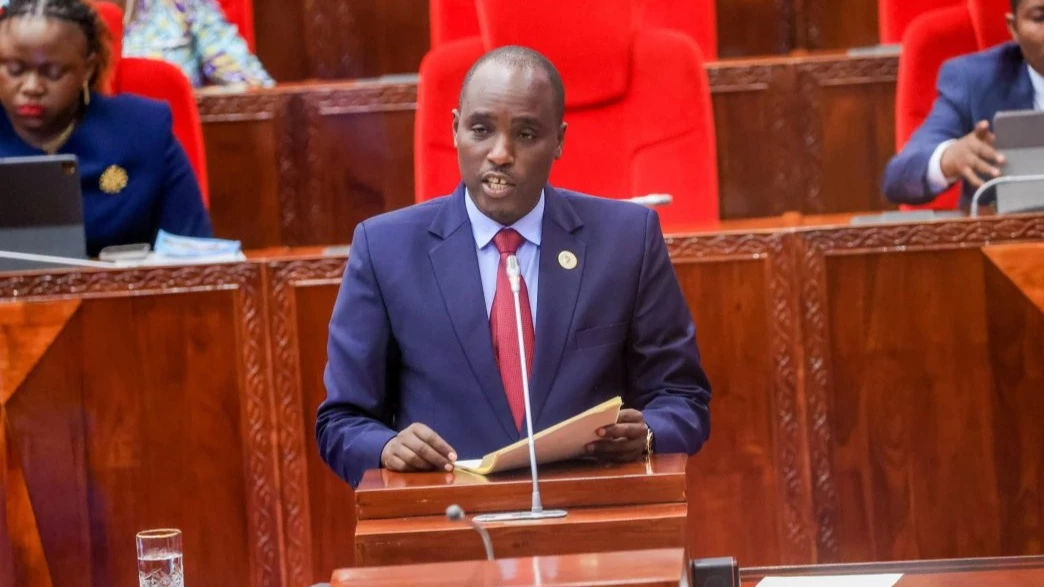
EXPANDING the share of renewable energy in the national grid and encouraging private sector involvement in energy projects will be pivotal to Energy ministry priorities in the next financial year, the government has stated.
Dr Doto Biteko, the deputy premier and Energy minister, made this affirmation when presenting ambitious 2.2trn/- budget proposals to the National Assembly yesterday.
Enhancing electricity generation and distribution, expanding the national grid in underserved regions such as Rukwa, Kagera, Lindi and Mtwara, while strengthening energy supply to industrial, agricultural and health units in outlying or remote areas.
A massive 96.5 per cent of the estimates is intended for development projects, with the minister affirming in his presentation that "energy is the backbone of economic development."
"Our goal is to extend electricity access to activities in mining, agriculture, water pumps and health centers to drive production and improve service delivery," he said, reiterating the push to clean cooking energy.
He also hinted at the National Energy Compact (2025–2030) meant to ensure nationwide electricity access, with enhancing fuel availability in rural areas, advancing oil and gas exploration alongside encouraging the use of compressed natural gas (CNG) in vehicles as other priorities.
Strengthening the regulatory framework will facilitate increased local participation in the energy sector, especially in relation to private-public partnership projects, he stated.
In the outgoing financial year, high water mark events include the completion of the 2,115 MW Julius Nyerere Hydropower Project (JNHPP), while putting up the 400 kV transmission line from the dam to Chalinze, along with the Singida to Arusha line, also completed.
This moved the national grid capacity from 1,601 MW in 2020/21 to over 4,031 MW by April 2025, the minister said, affirming that 100 per cent of Tanzania's 12,318 villages now have access to electricity.
This is a remarkable leap from just 506 villages in 2007, while electrification of sub-villages stands at 52 per cent, improving access in rural areas, he said.
Expanding the natural gas distribution network was also cited, growing from 102.54 km in 2020/21 to 241.58 km by mid-April, 2025.
The Tanzania Petroleum Development Corporation (TPDC) stake in the Mnazi Bay gas field has increased from 20 per cent to 40 per cent, while the number of CNG filling stations for vehicles has grown from two to nine during the period, he said.
Improvements in rural electrification had notable developments like the completion of the 132 kV Tabora–Urambo transmission line, and the installation of a 20 MW natural gas power plant at Hiyari–Mtwara, for consumers in Lindi and Mtwara regions.
There was a 97percent increase in the number of electricity customers, with the total rising from 2.77m in 2020/21 to 5.45m at present, he said
David Mathayo, the Energy and Minerals standing committee chairman, urged the government to focus on securing project funding, compensating citizens affected by energy projects, and accelerating the upgrading of TANESCO infrastructure to ensure reliable power supply across the country.
Top Headlines
© 2025 IPPMEDIA.COM. ALL RIGHTS RESERVED


